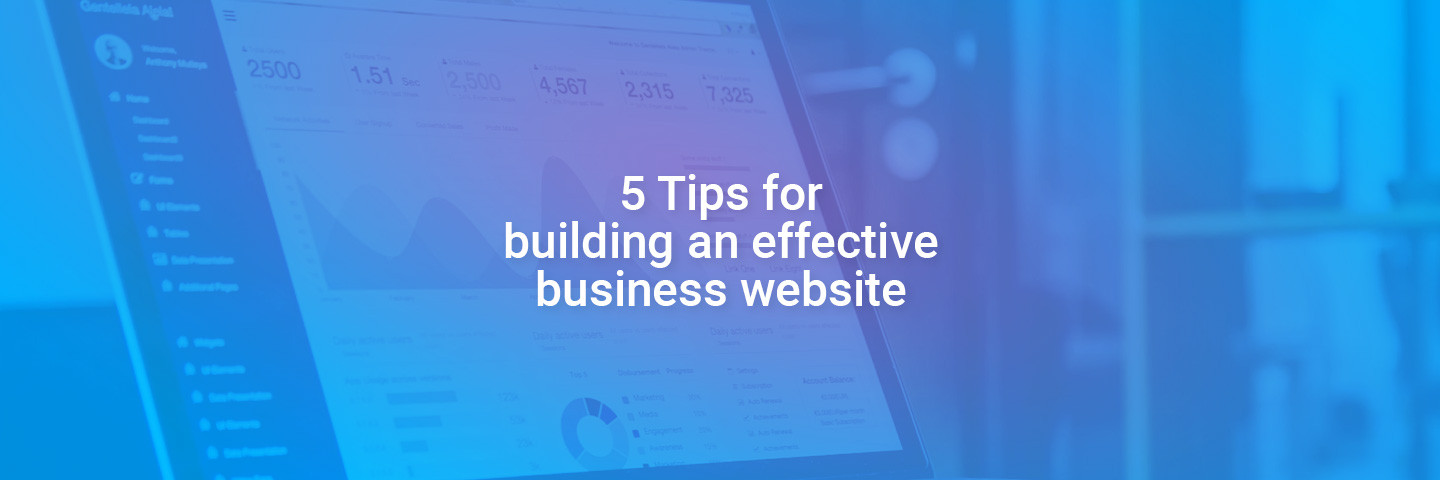5 Tips for building an effective business website

Building a new site can feel like a complex task. You might feel unsure about which steps to follow or what to do first. To succeed, you must start by asking what you want to achieve. Avoid vague ideas like "just having a site". This approach ensures you can measure your success in terms of time, money, and your business goals.
1. Visualise your desired result
Imagine your site is already finished. Think about the information it holds and how it is structured. Focus on the feeling you want to give your visitors when they arrive. You do not need to use technical terms to describe this. Use simple words to explain the emotions and actions you want to see. For example, you might want your site to feel stable and professional. A visitor should be able to find a product catalogue and fill out an ordering form with ease.
2. Set clear and measurable goals
Be honest about why your company needs a website. You might want to beat a competitor with better online services. Or you may plan to reach new customers in different regions. This goal determines the type of project you need to build. You might require a landing page with graphics or a large online store. Your goals must be measurable. This includes tracking the number of visitors or the specific amount of revenue the site brings in.
3. Identify your target audience
You must know exactly who you are building the site for. Think about your potential visitors in simple terms. Consider their age, gender, social status, and how they spend their free time. Think about their specific needs and what they care about most. Imagine a typical user for your business. For instance, your user might be a young professional in New Zealand who enjoys tramping and bikes. Knowing these details helps you create a better brief for your web team.
4. Understand the development process
It helps to know what happens during the creation of your site. You will need a server for hosting so people can access the files. You also need a friendly domain name. A project manager will discuss your requirements and share them with designers and developers. The team will create the visual parts and write the code for your functions. They must test the site on various devices to fix any bugs before it goes live.
5. Stay involved and be consistent
Follow a logical sequence of actions to avoid extra costs. Do not ask for a final design until your content is ready. You should also finish your main goals before you write project documents. Changing your mind during development can lead to delays and higher expenses. Remember that you are the most important part of this process. No one knows your business better than you. Provide your feedback on time and share your knowledge to help the designers succeed.